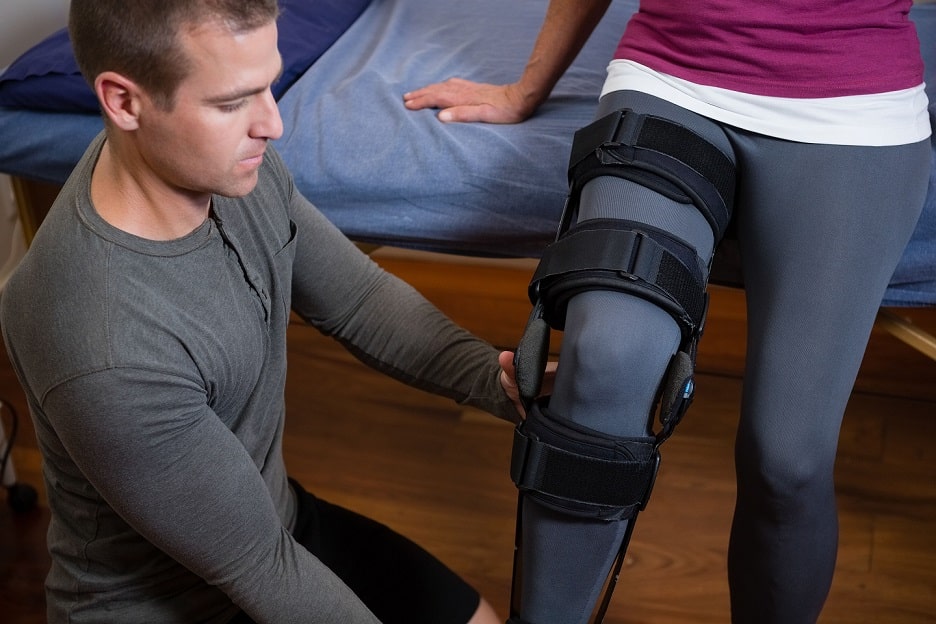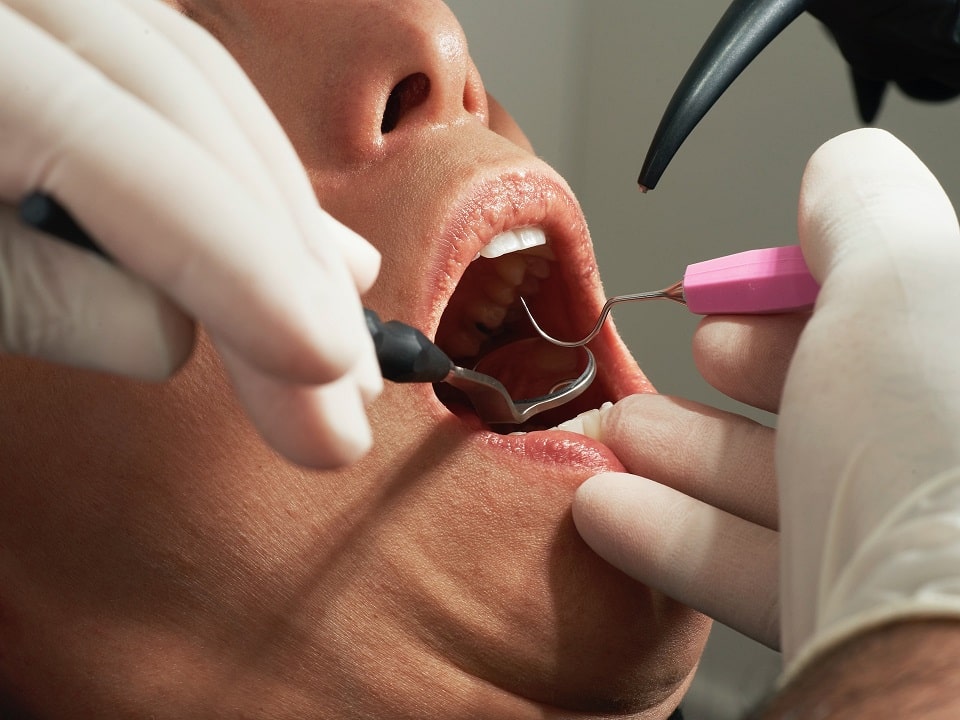 Claims for compensation are governed by rules and regulations. When we initiate a claim we proceed under something known as a protocol. A protocol is a set of guidelines or rules that should be followed both by the Claimant and the Defendant. In order to start the claims process we gather information from you (as the Claimant). We then prepare what is known as a “letter of claim”. This is a formal letter setting out the nature and circumstances of the claim. In the letter we detail the circumstances of the accident, allegations of negligence, funding arrangements, and important documents that should be disclosed if liability is not admitted etc.
Claims for compensation are governed by rules and regulations. When we initiate a claim we proceed under something known as a protocol. A protocol is a set of guidelines or rules that should be followed both by the Claimant and the Defendant. In order to start the claims process we gather information from you (as the Claimant). We then prepare what is known as a “letter of claim”. This is a formal letter setting out the nature and circumstances of the claim. In the letter we detail the circumstances of the accident, allegations of negligence, funding arrangements, and important documents that should be disclosed if liability is not admitted etc.
The letter of claim is ordinarily sent directly to the Defendant. In some cases it could be sent to the Defendant’s insurers (for example if the Defendant was a dissolved company). Under the protocol (the set of rules) the Defendant then has a period of 21 days to acknowledge the Claimant’s letter of claim. This is simply an acknowledgement of the claim. It is also normal for the Defendant to pass the matter to their insurers. Following the 21 day period, the Defendant or their insurers have a period of 3 months to investigate the claim and provide a response. If no such response is provided in the allocated period, the Claimant (well, the Claimants solicitors normally) can consider making an application to Court for pre-action disclosure. This is known as a PAD application in short.
A PAD application is simply asking the Court to grant an Order to force the Defendant to disclose certain documentation. This is because unless liability is admitted in full, the Defendant must disclose documentation in support if they are to defend the claim. Unfortunately Defendant’s sometimes don’t respond in accordance with the protocol and an application is necessary. A PAD is not a quick fix but it is useful tool at our disposal. A PAD will not necessarily prove liability; but the purpose is to gain documentation that could assist in our own liability investigations. It is for the Defendant to admit or deny liability and if liability is denied then documentary evidence must be provided to support why they are not at fault.
If we can obtain disclosure of relevant records, we can assess the prospects of success in a case. Therefore a PAD application can be a very important step. It could be the case that the Defendant does not have any documentation to disclose. In this scenario it would then be difficult for the Defendant to deny liability. Therefore a PAD application is useful for making progress in the claim. If liability is admitted by the Defendant from the outset then disclosure is not needed and a PAD would not be made. A PAD is only made if the Defendant has not responded in time or if the Defendant has denied liability but has not provided full or complete disclosure in support of the denial.
Your Solicitor will explain the PAD procedure to you. Although PAD’s take place in a county court, you will not be required to attend. The hearings themselves are often quite short (10 or 15 minutes). The purpose of the PAD will be to get an Order forcing the Defendant to disclose certain documentation. This documentation or lack of documentation can assist in determining liability.

 Claims for compensation are governed by rules and regulations. When we initiate a claim we proceed under something known as a protocol. A protocol is a set of guidelines or rules that should be followed both by the Claimant and the Defendant. In order to start the claims process we gather information from you (as the Claimant). We then prepare what is known as a “letter of claim”. This is a formal letter setting out the nature and circumstances of the claim. In the letter we detail the circumstances of the accident, allegations of negligence, funding arrangements, and important documents that should be disclosed if liability is not admitted etc.
Claims for compensation are governed by rules and regulations. When we initiate a claim we proceed under something known as a protocol. A protocol is a set of guidelines or rules that should be followed both by the Claimant and the Defendant. In order to start the claims process we gather information from you (as the Claimant). We then prepare what is known as a “letter of claim”. This is a formal letter setting out the nature and circumstances of the claim. In the letter we detail the circumstances of the accident, allegations of negligence, funding arrangements, and important documents that should be disclosed if liability is not admitted etc.









